MSP Marketing – How to Build a Strategy That Works
Last Updated: March 31, 2025
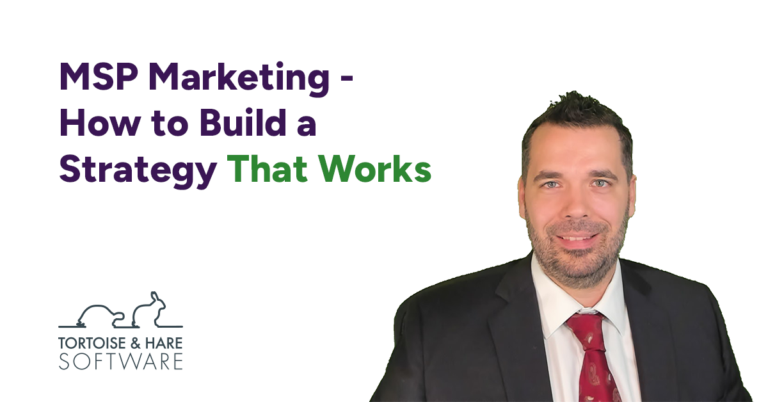
Let’s be honest—most MSP marketing doesn’t work.
Not because the tactics are bad, but because they’re unaligned.
What looks like a marketing problem is often a strategy problem in disguise. Most MSPs jump straight into execution—running ads, writing blogs, hiring freelancers—without doing the work to define who they’re targeting, what they’re offering, and how to actually stand out in a crowded market. The result? Disconnected efforts, inconsistent results, and a growing frustration that “marketing just doesn’t work for us.”
In this post, we’ll reset the approach. You’ll learn how to build a real MSP marketing strategy—one that defines your audience, sharpens your message, and focuses your energy on what actually moves the needle. We’ll also explore the key tactics MSPs rely on today, from SEO and email to PPC and webinars, and help you understand where they fit, how to use them, and how to make them work together to drive real, consistent growth.
What Is MSP Marketing?
MSP marketing is often confused with advertising. But while advertising is about visibility, real marketing is about connection—it’s about understanding your buyers and aligning your services with what they actually need.
Effective MSP marketing isn’t about pushing what you want to sell. It’s about discovering what your market wants to buy, and then creating offers, messaging, and positioning that bridge the gap. It’s a discovery process, not a volume game. Not standing in a crowd with a bullhorn—it’s listening, learning, and crafting messages that resonate.
When done well, a strong MSP marketing strategy becomes a system. One that attracts attention, builds trust, and drives qualified leads into your pipeline—consistently.
Why You Need an MSP Marketing Strategy
Without a structured marketing strategy, MSPs often resort to sporadic tactics that yield inconsistent results. You might post a blog here, run an ad there, or launch a campaign that fizzles out after two weeks. Sound familiar?
A well-built MSP marketing strategy brings structure to the chaos. It helps you:
- Identify and understand your ideal clients
- Craft clear, compelling messaging that speaks to real problems
- Select the right channels for your market
- Allocate time and budget more effectively
- Measure performance and optimize over time
This is the shift from “doing marketing” to building a marketing engine. And it starts with strategy—not tactics.
Developing Your MSP Marketing Strategy
Creating a solid strategy requires a few foundational steps. Skip these, and your marketing becomes reactive and unpredictable. Build them in, and you create a system that can scale.
1. Define Your Goals
Start with clarity. What exactly are you trying to accomplish? More leads? Better-fit clients? Shorter sales cycles? Set SMART goals—Specific, Measurable, Achievable, Relevant, and Time-bound. These give you something to build toward and something to measure against.
See: Free Revenue Growth Modeling Spreadsheet For MSPs
2. Understand Your Target Audience
You can’t market effectively if you don’t know who you’re trying to reach. Dig into your best-fit clients: what industries they’re in, what challenges they’re facing, what frustrates them about IT. Use client conversations, reviews, competitor analysis, and market research to build a clear picture. The better you understand them, the better your message will land.
Check out out our free positioning webinar:
3. Analyze the Competitive Landscape
Look around. Who else is in your market, and what are they saying? What are they doing well—and what are they missing? This isn’t about copying competitors—it’s about finding gaps in positioning, messaging, or service. Understanding the noise helps you cut through it.
We find a lot of MSPs don’t understand the competitive landscape as well as they think they do. One of the ways we help our customers is through analyzing the competitive landscape on search engines. Mature players in a market segment almost always have invested in SEO at some point along the way so analyzing SERPs is a great way to understand who’s who and where you stand in a market in terms of market share and visibility.

4. Develop Your Unique Selling Proposition (USP)
This is where it all comes together. Your USP is what makes you different and valuable to your specific market. Maybe it’s your industry specialization, your guaranteed response times, or your proactive compliance support. Whatever it is, it should be clear, relevant, and repeated across every marketing channel you use.
See: How to Write a Ferociously Unique Selling Proposition
5. Choose Your Marketing Channels
Now that you know your message and your market, decide how to reach them. Are they searching on Google? Active on LinkedIn? Attending local events? Focus on a few key channels where your audience already spends time. Spreading yourself too thin is the fastest way to burn out and blend in.
6. Implement, Monitor, and Adjust
Strategy is nothing without execution—and execution needs feedback. Track performance. Measure against your goals. Be honest about what’s working and what’s not. Adjust your campaigns, messaging, or channels based on real data, not assumptions. That’s how strategy evolves into momentum.
MSP Marketing Tactics to Support Your Strategy
With the foundation in place, it’s time to talk about tactics. These are the tools that help you execute your strategy—but without strategy, even the best tools won’t move the needle.
Here’s a breakdown of the most common and effective MSP marketing tactics, along with what they can—and can’t—do for your business.
1. Cold Email
- Pros: Direct, scalable, and easy to automate.
- Cons: Often ignored and can backfire without proper targeting.
Cold email can work—when it’s done right. That means more than mail merges and generic value props. To break through the noise, your outreach needs to be personalized, relevant, and based on clear signals of intent or industry pain points. Used strategically, cold email can warm up cold markets. Used lazily, it damages your reputation.
See our podcast episode on cold email for MSPs.
2. Cold Calling
- Pros: Direct access to decision-makers and real-time feedback.
- Cons: High rejection rate and mentally taxing without good prep.
Cold calling works best when it’s backed by research and connected to a broader outreach effort. It’s not about pushing a pitch—it’s about starting a real conversation. Done well, it builds pipeline. Done poorly, it burns bridges. Timing, tone, and follow-up are everything.
Get better at sales with the MSP Dojo – sales practice for sales leaders as MSPs
3. Networking, Events, Field Marketing
- Pros: Builds real relationships and opens doors to referrals.
- Cons: Time-intensive and doesn’t scale on its own.
In-person networking still matters—especially in local markets or verticals. But showing up isn’t enough. You need to follow up, stay connected, and bridge the gap between that first handshake and long-term trust. Networking feeds the top of the funnel, but it needs a system behind it.
See: Is BNI A Good Fit For Your MSP?
4. Social Media Marketing
- Pros: Low-cost visibility and brand building over time.
- Cons: Easy to do poorly without a content strategy.
Social isn’t about going viral—it’s about staying visible. The goal is to build awareness and familiarity with your audience over time. Share helpful content, highlight client wins, and show the human side of your business. Most MSPs post too little—or too generically. Stand for something, and show up consistently.
See: White Label Content Providers For MSPs
5. Pay-Per-Click (PPC) Advertising
- Pros: Fast visibility with measurable results.
- Cons: Can get expensive quickly in competitive markets.
PPC helps you reach active buyers—but only if the rest of your system is strong. A clear offer, a landing page that converts, and strong keyword targeting are non-negotiable. Otherwise, you’re just paying for clicks. Monitor performance closely and be ready to iterate.
Free Download: MSP Keywords that Convert On Google Ads
6. Search Engine Optimization (SEO)
- Pros: Long-term traffic and lead generation.
- Cons: Takes time and ongoing effort to maintain.
SEO is slow but powerful. It helps you show up when people are searching for the problems you solve. It supports content marketing, improves trust, and reduces dependence on paid ads. But you have to commit. Half-hearted SEO doesn’t deliver results. Note that mature technology businesses typically generate 50% or more of their website traffic from organic search.
See A Case Study: How We 10x Organic Traffic And 2x Revenue For An MSP
7. Content Marketing
- Pros: Builds trust and supports the entire sales cycle.
- Cons: Requires planning, writing skill, and patience.
Content isn’t just blogs. It’s how you educate your buyers and help them feel more confident about choosing you. From blog posts to guides to webinars, good content builds authority and nurtures long-term interest. Don’t create content just to publish—create content to solve real problems.
8. Video Marketing
- Pros: High engagement and strong visual impact.
- Cons: Resource-heavy if not built for reuse.
Video builds trust faster than almost any other format. It puts a face to your brand, simplifies complex topics, and increases engagement across channels. Keep it simple, focused, and authentic. A few high-impact videos can go a long way.
9. Email Newsletters and Nurture Sequences
- Pros: Keeps you visible during long buying cycles.
- Cons: Can be ignored without real value and consistency.
Email remains one of the most valuable tools for MSPs—especially when buyers aren’t ready yet. Send insights, not promotions. Educate, share wins, and stay top of mind. Most sales happen after the third or fourth touch—not the first.
10. Webinars and Virtual Events
- Pros: Positions you as an expert and builds engagement.
- Cons: Low ROI if poorly promoted or off-topic.
Webinars are your chance to lead the conversation. They work best when they focus on a real, timely pain point—not a pitch. Promote them hard, keep them sharp, and always follow up. A great webinar doesn’t just generate attendees—it generates conversations.
11. Account-Based Marketing (ABM)
- Pros: Highly targeted and personalized for big wins.
- Cons: Resource-intensive and slower to scale.
ABM flips the funnel. Instead of casting a wide net, you identify the accounts you want and tailor your outreach just for them. It’s perfect for MSPs going after larger deals or niche markets. Success depends on tight coordination between marketing and sales.
12. Referral and Partner Marketing
- Pros: Warm leads with built-in trust and high close rates.
- Cons: Inconsistent volume and difficult to control.
Referrals convert fast—but they’re not predictable. To make them work, you need a system. That means asking, rewarding, and making it easy. If you’re doing great work and not asking for referrals, you’re leaving revenue on the table.
13. Direct Mail Campaigns
- Pros: Unique and memorable in a digital-heavy space.
- Cons: Higher upfront costs and lower frequency.
Multi Channel MSP Marketing Strategies
Done well, direct mail breaks through the noise. It works best for high-value accounts or as part of a larger campaign. Personalization is key—and so is timing. Don’t send a postcard and hope. Send it as part of a plan.
One of the biggest reasons MSP marketing underperforms is because it focuses too narrowly on one part of the funnel. Maybe you’re investing in outbound calling, or publishing some SEO content, or running ads to book appointments. But if those efforts aren’t coordinated—and if they don’t speak to where the buyer is in their decision process—they fall flat.
The reality is that modern MSPs need a multi-funnel marketing approach. That means building strategies and tactics for each stage of the buyer journey—awareness, consideration, and decision. You’re not just trying to convert someone today. You’re trying to create a system that meets people where they are, builds trust over time, and stays present until they’re ready to act.
This typically includes a mix of:
- Inbound: SEO, content marketing, and PPC to attract buyers already looking
- Outbound: Cold email, LinkedIn outreach, and direct mail to create opportunities with targeted prospects
- Lead nurture: Email sequences, remarketing, and webinars to keep your brand in front of prospects as they evaluate options
Companies that win aren’t relying on just one channel or campaign. They’ve built a layered marketing system where inbound, outbound, and nurture mechanisms all work together—creating consistency, building credibility, and accelerating deal flow across the board.
Free MSP Marketing Plan
Get a head start on developing your marketing program. Download our free quarterly marketing plan for MSPs.

Conclusion
If there’s one thing to take away from this post, it’s this: effective MSP marketing starts with strategy, not tactics.
We’ve covered why MSPs often struggle with marketing—not because they’re not trying, but because they’re operating without a clear plan. You’ve learned that strong marketing isn’t about shouting louder; it’s about understanding your market, defining a unique position, and showing up with the right message in the right channels.
You now know the foundational steps of building an MSP marketing strategy:
- Set focused, measurable goals
- Understand your ideal buyer and their pain points
- Study the competition to find your differentiation
- Craft a USP that speaks directly to what the market wants
- Choose a few high-leverage channels and execute consistently
- Monitor performance, iterate, and adapt
Once your strategy is in place, the tactics—cold email, SEO, content, social, webinars, and more—become tools to support that larger system. Not random activities, but intentional moves designed to create momentum.
If your marketing feels scattered, slow, or stuck—it’s probably because the strategy isn’t clear.
We work with MSPs who are ready to fix that. Who want a real marketing engine, not another short-term campaign. If that sounds like you, let’s talk. We’ll help you clarify your message, tighten your plan, and build a strategy that actually drives results.


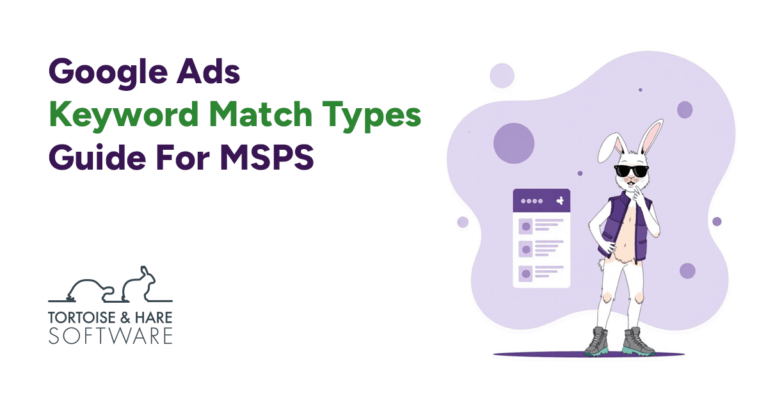
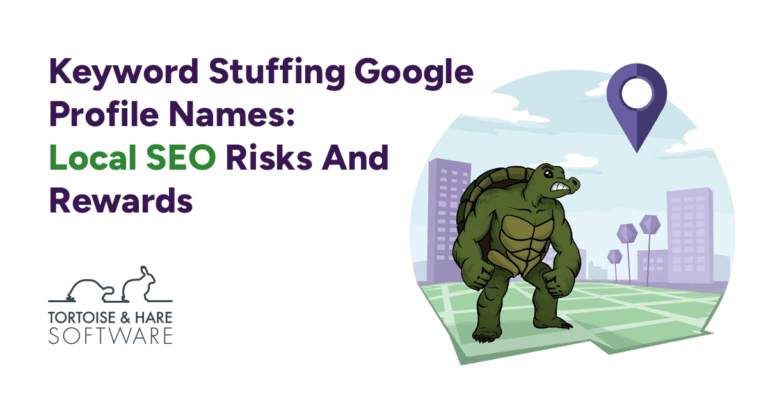

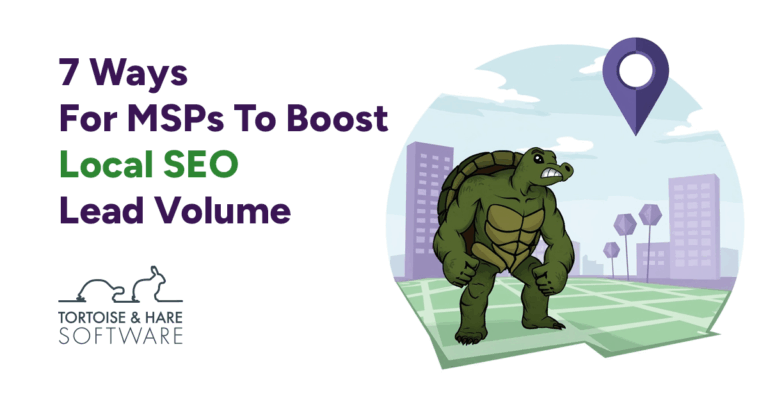
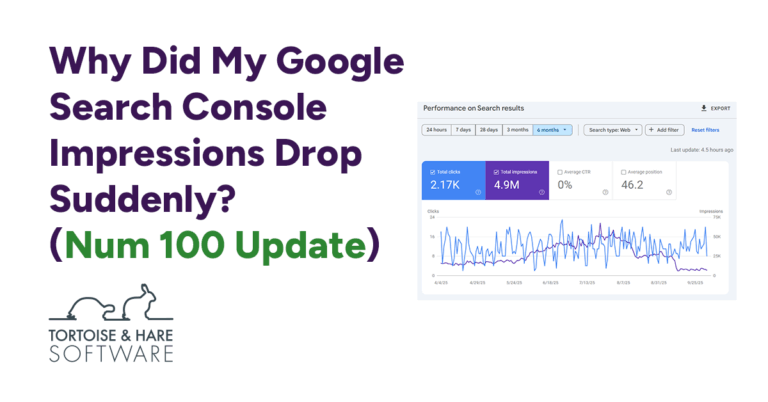
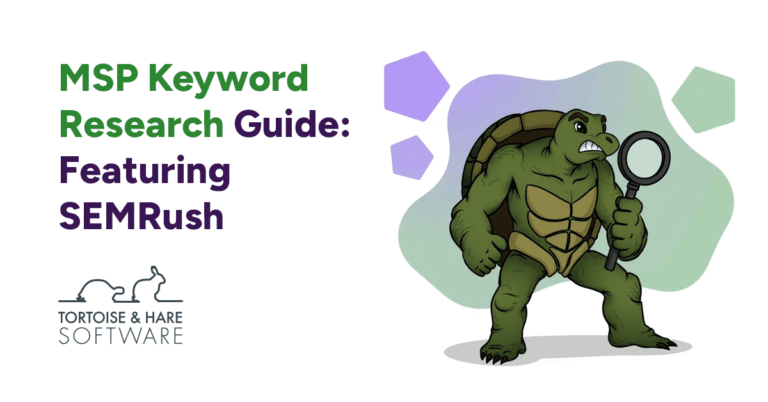
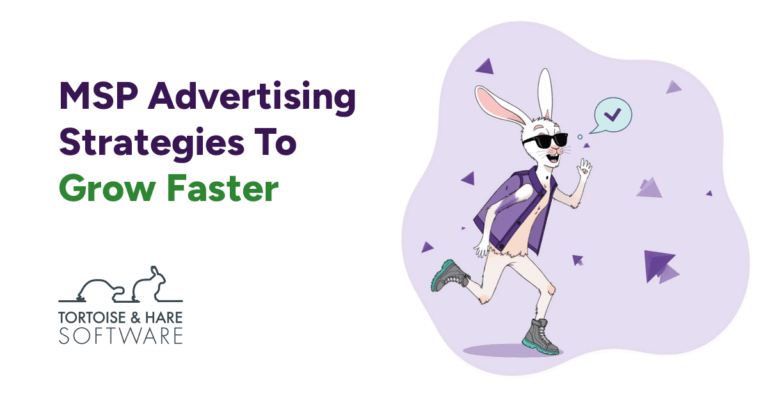
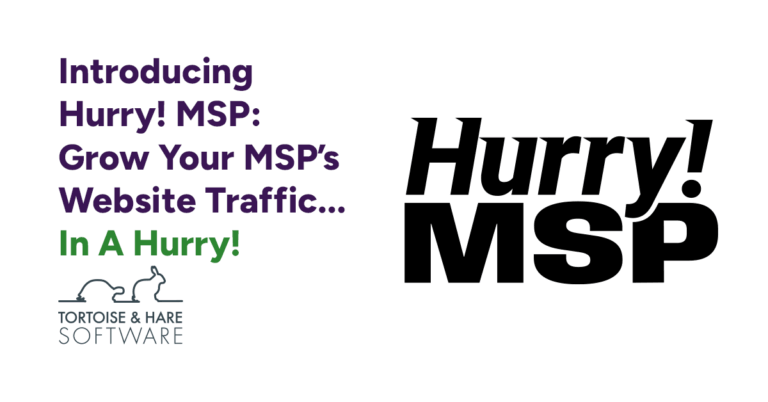
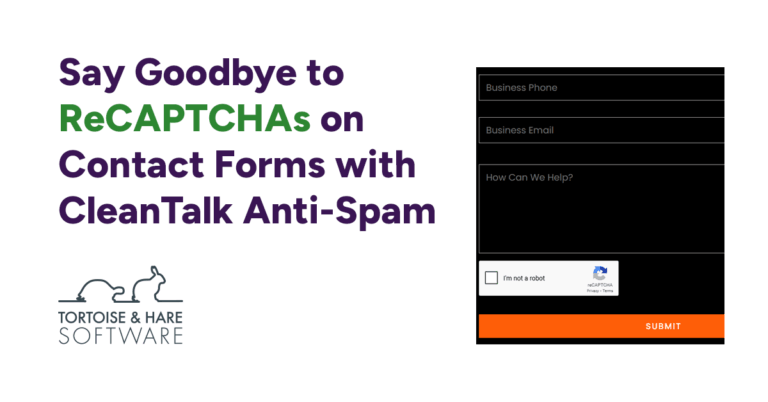
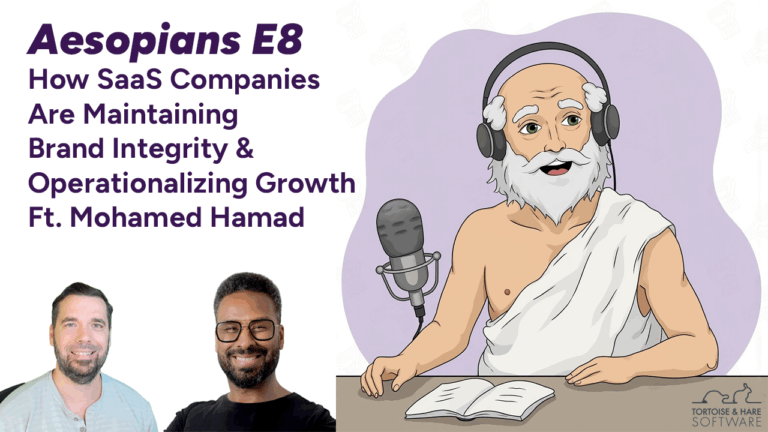
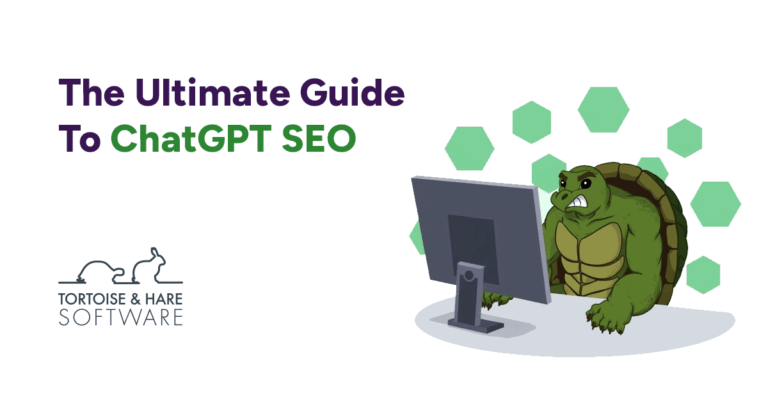
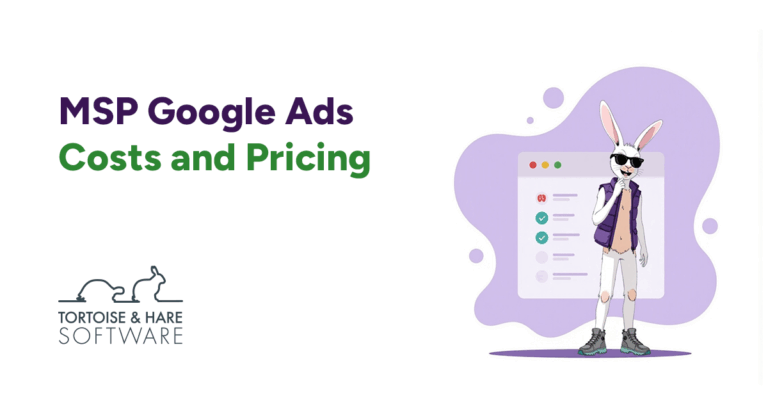
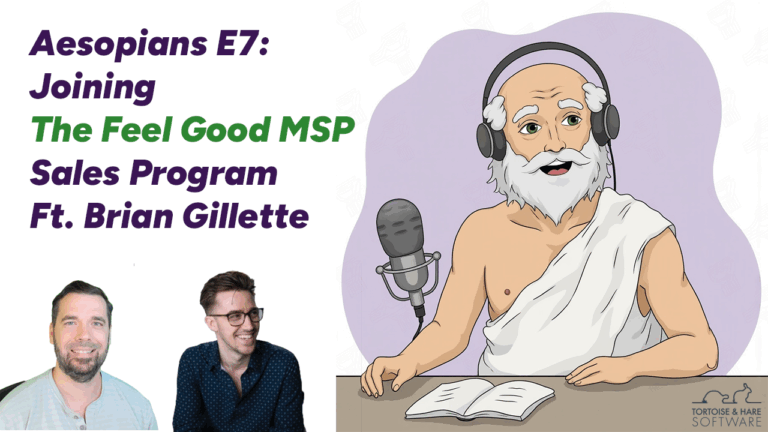
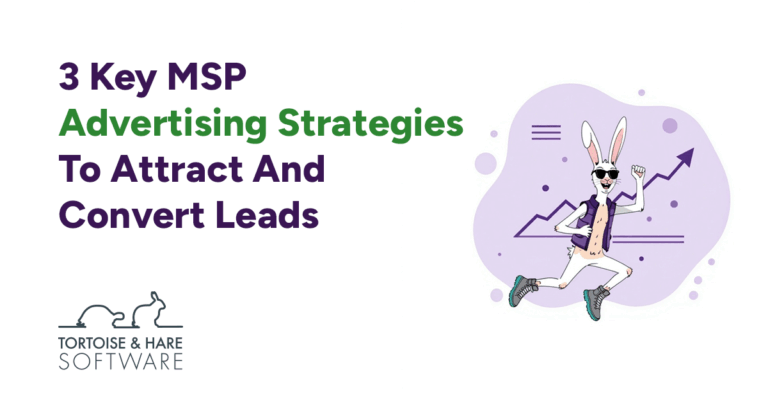
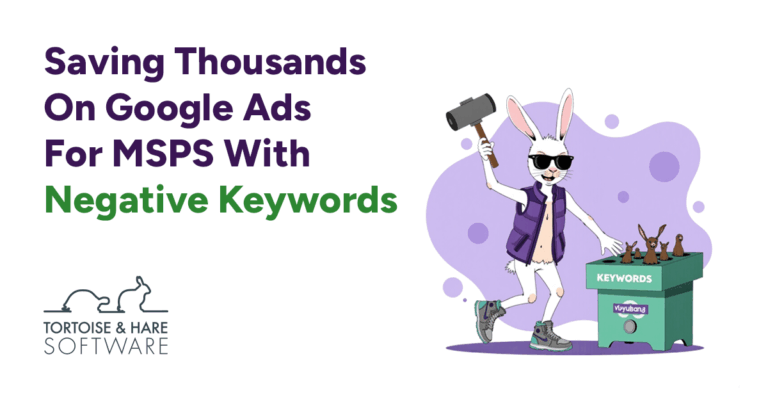
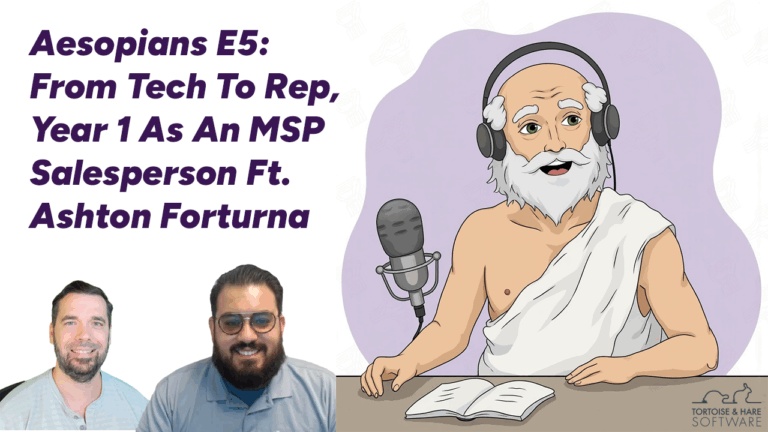

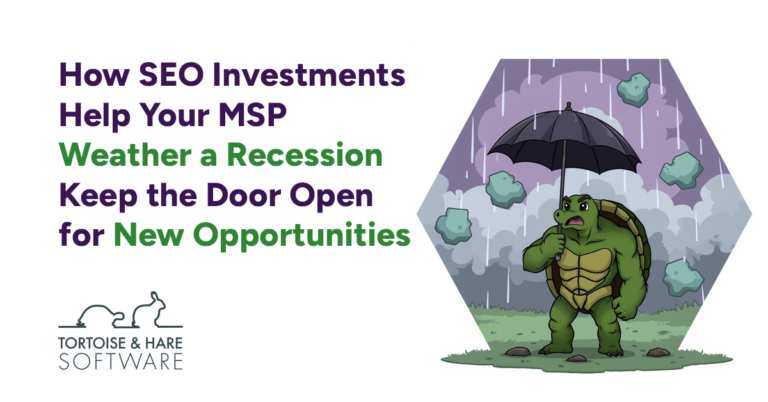
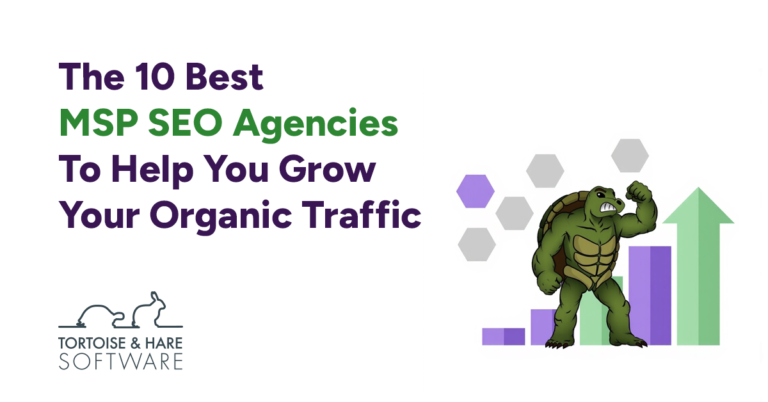
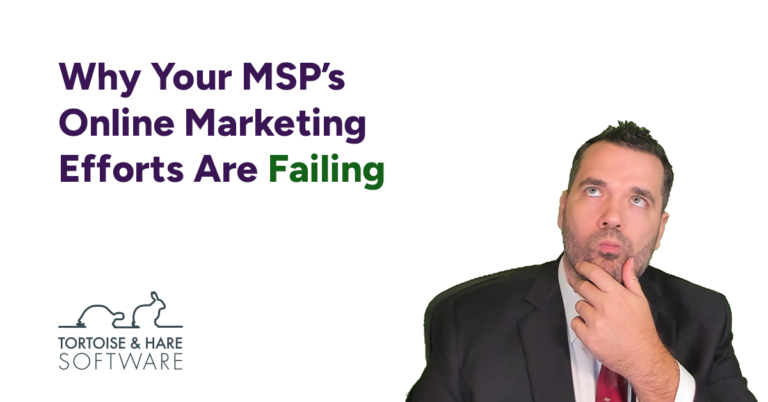



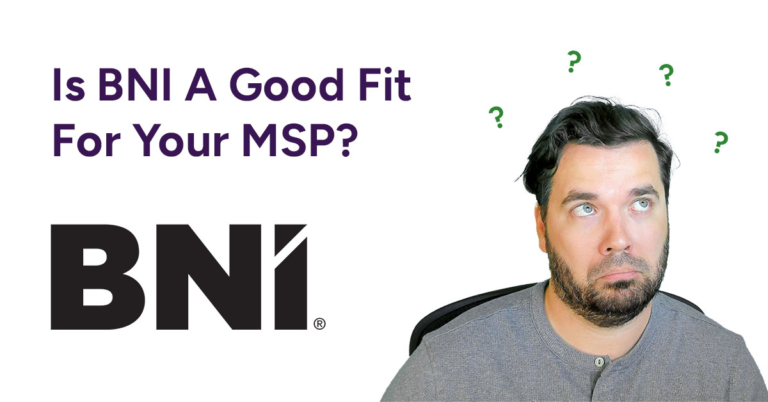

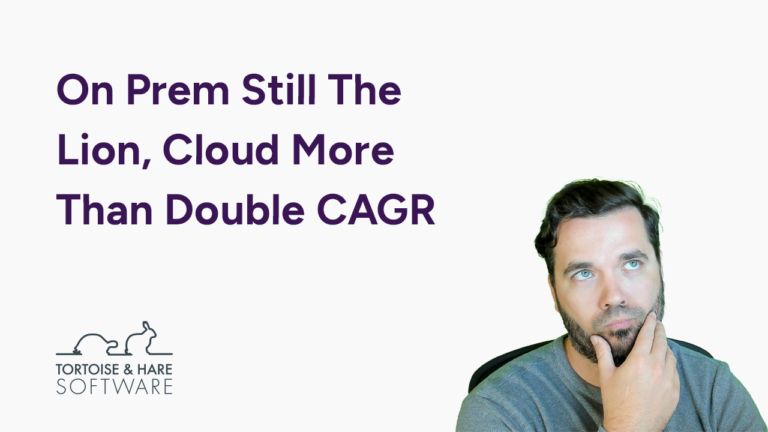
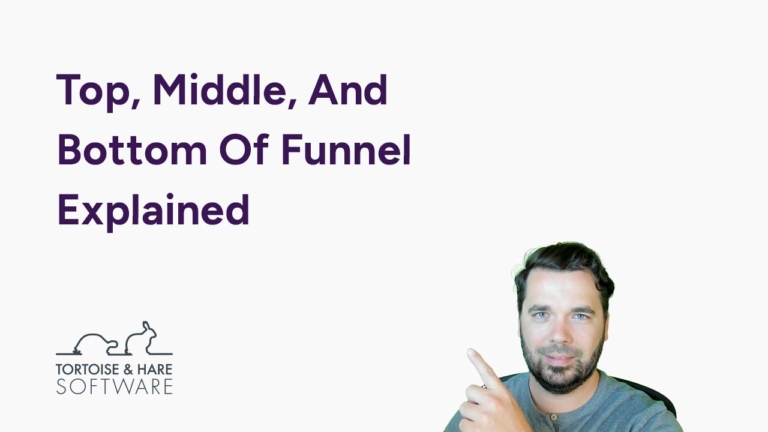
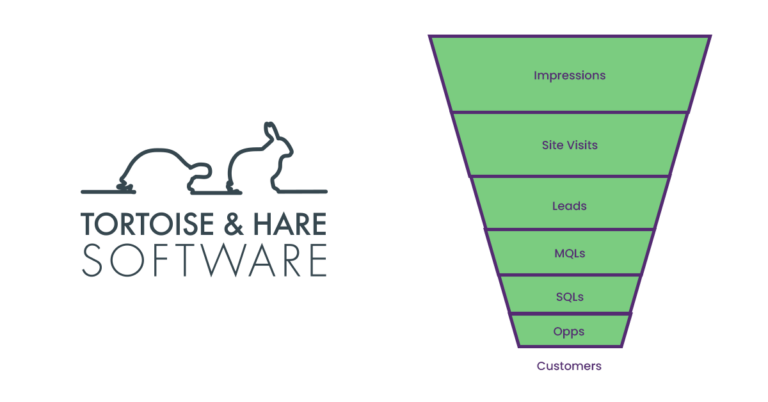
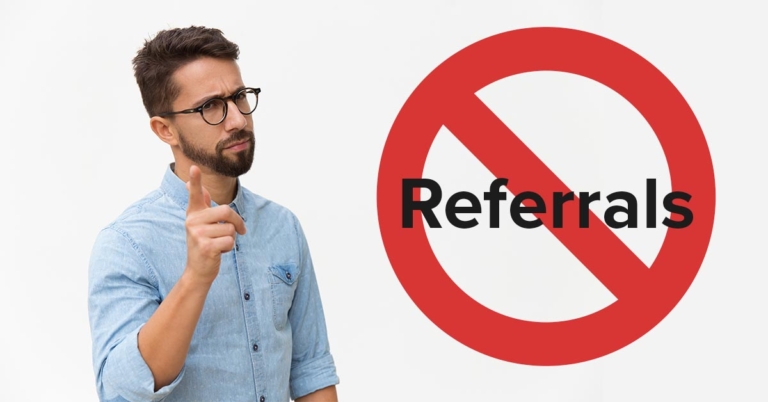
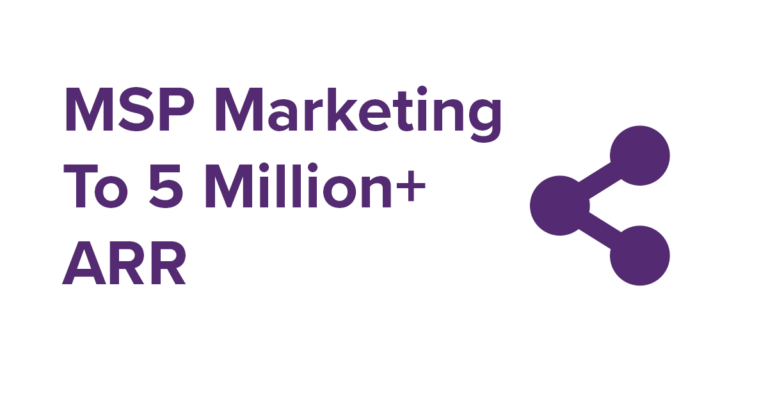









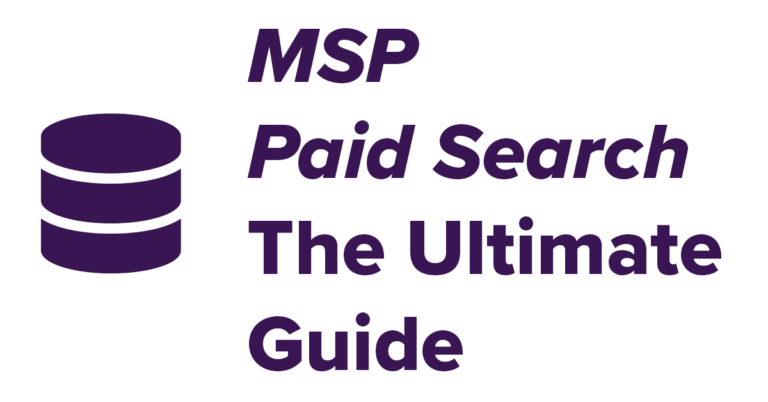
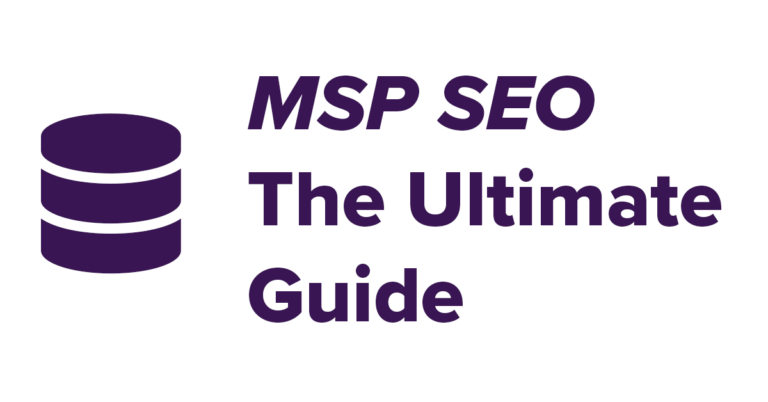


Leave a Comment